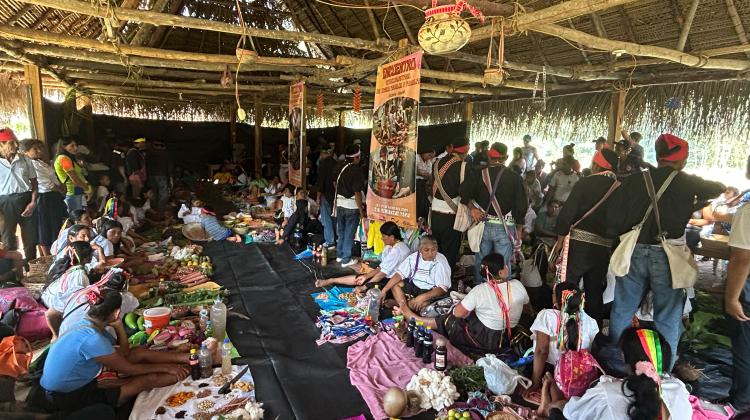What's on your calendar? Investigating The Relationships Between Spatio-temporal Visualizations and Indigenous Ways of Knowing

What is the relationship between spatio-temporal visualization and Indigenous ways of knowing? To answer this question, this project studies the visualization of Indigenous ways of knowing by the Kichwa-Lamas community in San José de Sisa (Moyobamba, Peru). The project partners with Waman Wasi, a local non-profit organization who has been facilitating the creation of the agro-ecological calendars with the Kichwa-Lamas since 2002. In January and March (2024), the project will entail go-along walking interviews, a combination of semi-structured interviews and observation while accompanying participants on their normal routines. The project's aim is to understand the role of the calendars in the keeping, transmission, and sovereignty of Indigenous ways of knowing.
Spatio-temporal visualizations can contribute to the regeneration of Indigenous ways of knowing (IWK) if they can show the ways biocultural cycles sync and center encariñamiento – joy, care, and love – in the production, collection, and representation of Indigenous data.
Led by: Claudia Tomateo (PhD)
Geography: Kichwa-Lamas territory (Moyobamba, Peru)


